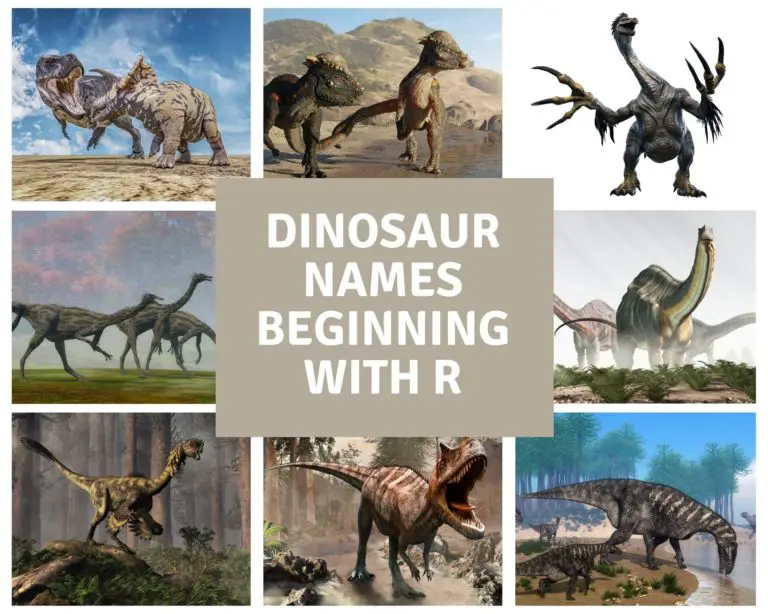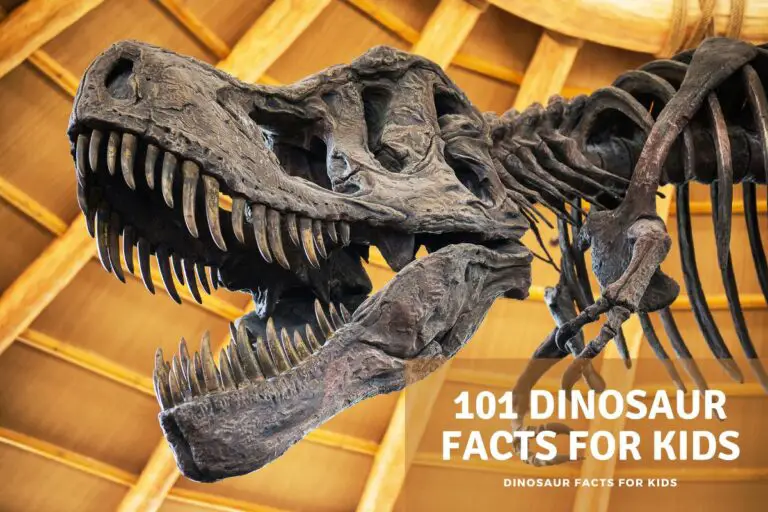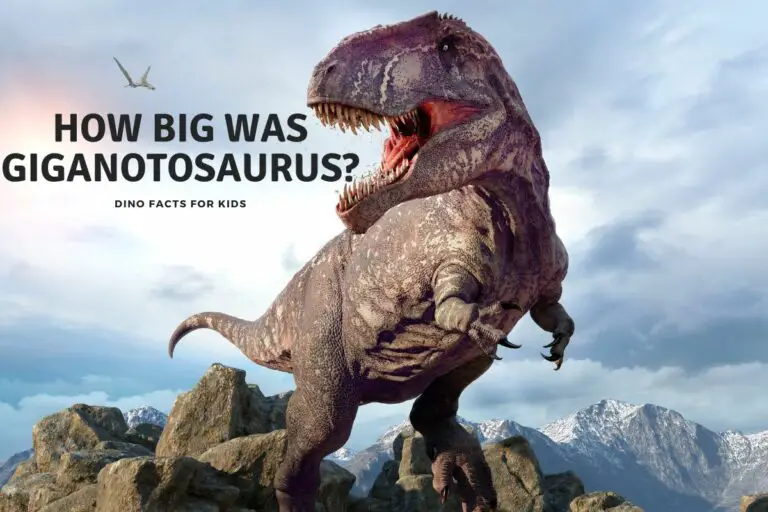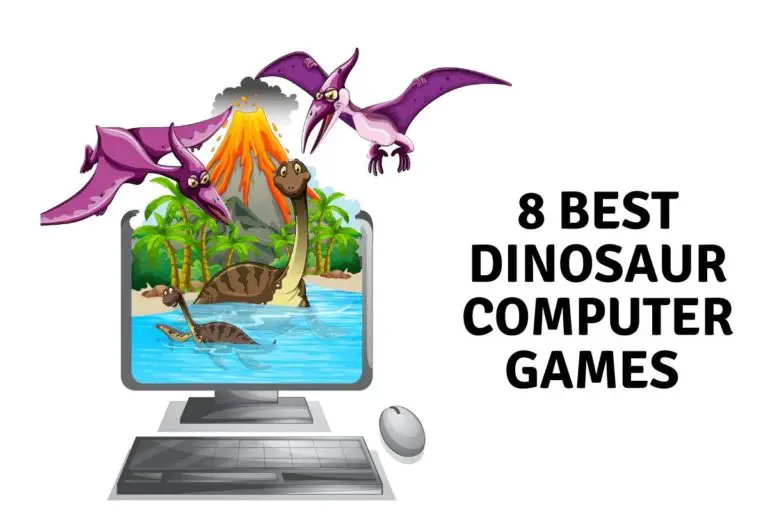Would Dinosaurs Be Pets If They Lived Today?
For centuries, 2 and a half to be more precise, the intriguing mystery of dinosaurs and their lost world has captivated people all over the world, from drawings, to books and most recently with movies and games. Their huge size – some of them anyway, varied forms, and power keep that curiosity going.
In this article, we aim to quench this curiosity by exploring an entertaining question: What if dinosaurs were pets in the present day?
Would we find them as lovable as dogs, or would they be more challenging companions than we can imagine? Let’s take a look at this and all the aspects we need to think of together.
SNIP
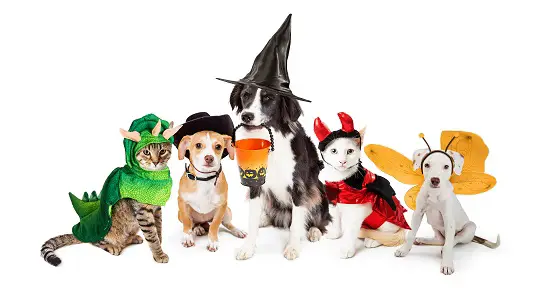
The Age of Dinosaurs
Around 230 million years ago, the Mesozoic Era, also known as the Age of Reptiles, heralded the reign of dinosaurs. They came in various shapes and sizes, from the gigantic, long-necked Brachiosaurus to the small, feathered Velociraptor.
Throughout this era, dinosaurs evolved, adapted, and eventually “had their shot and were selected for extinction”, ( by selected we, and we presume Ian Malcom, means hit in the face by a six mile wide asteroid! ) leaving behind fossils that tease us with their obscured past.
This era marked the dominance of creatures so vast and powerful, they make our current pets, farm and even wild animals seem tiny in comparison.
“With Great size comes great responsibility” as Spiderman’s uncle once said – or something like that. So the question arises if we ever get to the stage where we can clone and mess with Dino DNA can we actually handle a dinosaur pet!
Dinosaurs vs. Modern-Day Pets
Considering dinosaurs as pets requires understanding their characteristics in comparison to our current domestic animals. Today’s pets such as dogs, cats, or birds are generally small, adaptable, and socially attuned over generations of selected breeding.
Although related the dog in the living room is not a wolf, and the cat is no a lion. they have been bred to be more docile, less bitey and more cute!
In contrast, dinosaurs ranged from small, bird-like creatures to towering giants weighing up to 100 tons, with diets varying from plants, insects, to other dinosaurs.
Their habitats spanned across diverse environments, reflecting their broad adaptability.
Understanding these differences is key to assessing if bringing these prehistoric animals into modern homes and attempting to domesticate them would be possible, let alone safe.
We have an article on the cutest dinosaurs here that shows that although some may have looked cute to our eyes, they may not look so cute when towering above you!
Hypothetical Scenario: Dinosaurs in Our Homes
Let’s take a leap of imagination and envision a pet dinosaur living in our homes. A day with a dinosaur pet would be starkly different from the routines with our traditional pets.
The challenges could range from the mundane, such as fitting a Triceratops through the front door or finding a litter box large enough for a Stegosaurus, to more severe issues like securing enough food to satisfy a T-Rex’s appetite.
Most importantly, the question of domesticating dinosaurs comes into play. Could these giants, who once ruled the Earth, adjust to human companionship, or would their instincts push back against our attempts and feeding the dinosaur pet becomes an unwanted adventure!
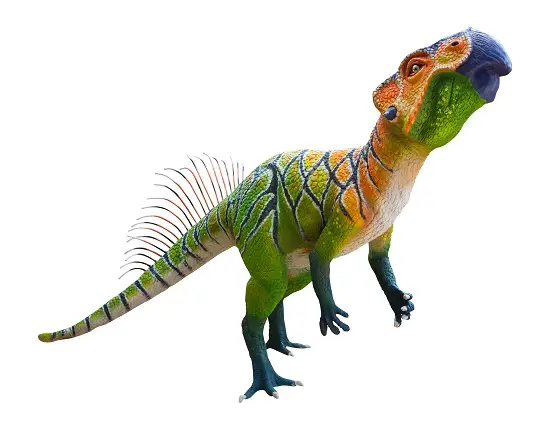
Scientific Possibility of Dinosaur Pets
Science fiction, most notably Jurassic Park and Jurassic World, has made us wonder about the possibility of resurrecting dinosaurs through genetic engineering and cloning. While fascinating, the reality is far more complex.
Despite rapid advancements in genetics, the recreation of dinosaurs remains in the realm of speculation due to degradation of dinosaur DNA over millions of years.
Leading paleontologists also caution about the unforeseen consequences that could arise from bringing dinosaurs into a world vastly different from the one they once knew.
Ethical Implications of Having Dinosaurs as Pets
The ethical considerations of having dinosaurs as pets are numerous. Taking wild or exotic creatures into domestic environments has been a contentious issue due to animal rights and welfare concerns.
It’s also important to examine the existing laws about keeping exotic pets, which differ significantly from one region to another. We’d need to consider potential risks to ecosystems and public health that could arise from introducing new species, especially ones as potentially disruptive as dinosaurs.
Finally, we need to ask: would it be fair to the dinosaurs themselves? Their needs and wellbeing should be central to this discussion.
Conclusion
When considering if Dinosaurs, if around today, would be good pets we come face-to-face with an array of issues and problems.
It’s evident that having dinosaurs as pets poses unique and massive challenges from practical, scientific, and ethical standpoints.
While the idea of living with dinosaurs is certainly cool on the face of it, it is clear that our world, as we know it today, may not be best suited for these awe-inspiring creatures.
The realities of size, habitat, dietary needs, safety, and ethical considerations all highlight the potential difficulties. The discussion serves as a reminder of the importance of responsible pet ownership, whether our pets are small domestic creatures or hypothetical prehistoric giants.
Really it might be better to just grab those pet costumes if you really want a T-rex walking around the living room!
Fun Section: What Kind of Dinosaur Would You Have as a Pet?
Before we finish, let’s take a look at a fun and imaginative exercise: if practical and ethical barriers were set aside, What kind of dinosaur would you choose as a pet?
Here’s a small guide to some popular dinosaurs and their hypothetical suitability as pets. you can read more in our article what dinosaurs would make good pets here on the site as well.
Possible Dinosaur Pets?
| Dinosaur | Size | Diet | Notable Features | Hypothetical Pet Factor |
|---|---|---|---|---|
| Tyrannosaurus Rex | Large | Carnivorous | Strong, fearsome | Low (may be difficult to manage due to size and aggression) |
| Triceratops | Large | Herbivorous | Horned, gentle | Medium (calm but requires substantial space) |
| Velociraptor | Small | Carnivorous | Intelligent, agile | High (small size, but potentially dangerous due to sharp claws) |
| Brachiosaurus | Giant | Herbivorous | Tall, friendly | Low (needs enormous space and enormous amounts of food) |
| Compsognathus | Very Small | Carnivorous | Compact, swift | High (small size, but requires meat-based diet) |
Now, considering their characteristics, which dinosaur could you see yourself taking care of? The T-Rex with its raw power and fierce demeanor, the Triceratops with its calm disposition, or perhaps the compact and nimble Compsognathus?
Remember, this is a fun thought exercise and a chance to extend our fascination with these ancient creatures in a new, imaginative direction.
References
- https://www.quora.com/If-dinosaurs-continued-to-exist-would-it-be-possible-to-have-one-as-a-pet
- https://www.rd.com/list/what-if-dinosaurs-were-alive/
- https://www.sciencefocus.com/nature/jurassic-world-live-with-dinosaurs/
- https://www.safariltd.com/blogs/toys-that-teach/which-dinosaurs-would-have-made-the-best-pets
Hi, I am Roy Ford a General Studies and English Teacher who has taught all over the world. What started as a fossil collection became a great way to teach, motivate and inspire students of all ages and all over the world about dinosaurs and from that and children’s love of dinosaurs came the site dinosaur facts for kids, a resource for all ages.

